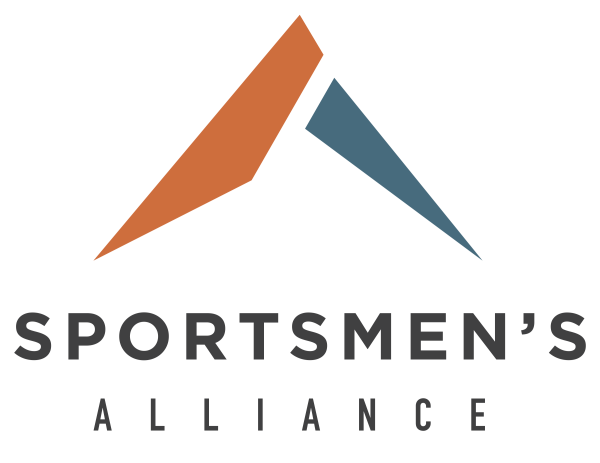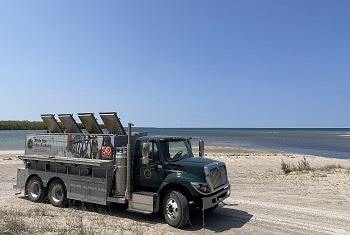Anglers who report marked and tagged fish provide DNR with critical information

Chinook salmon with adipose fin pointed out
The Michigan Department of Natural Resources again this year is encouraging Great Lakes anglers who catch marked and tagged fish to report them. The DNR has used the coded-wire tag program to mass mark various fish species in Michigan since the 1980s. Mass marking provides critical data as fisheries biologists look to determine the value of naturally reproduced fish versus stocked fish, and lakewide movement of fish.
The coded-wire tag program involves implanting a small, coded-wire tag, which is invisible to the naked eye, into the snout of a fish. A fish containing a coded-wire tag can be identified because its adipose fin (the small, fleshy fin between the dorsal and tail fins) has been removed. An angler who catch a tagged fish then can record needed information about the fish, remove and freeze the fish’s snout, and drop it off at a designated location.A statewide list of dropoff locations can be found on the DNR website.
For years the DNR primarily tagged Chinook salmon and lake trout as part of its mass marking effort in Lake Huron. Tagging these fish has helped biologists understand more about lakewide natural reproduction and how many wild fish are available in the Great Lakes. It also has helped determine if the percentage of wild fish varies from year to year and how fish stocking locations contribute to lake and river fisheries. Additionally, it provides insight into fish movement and where fish are stocked compared to where they are caught.
Because of the value of the information the mass marking effort brings, the DNR, in conjunction with the U.S. Fish and Wildlife Service, has continued to coded-wire tag all lake trout, Chinook and Atlantic salmon stocked into lakes Huron and Michigan, as well as a subsample of rainbow trout (steelhead) from the Au Sable River.
“We rely heavily on Michigan’s anglers to return tagged fish and are appreciative of their cooperation,” said Randy Claramunt, the DNR’s Lake Huron Basin coordinator. “Participating in the DNR’s mass marking effort allows us to learn more about the state’s fish species so we may manage them more effectively in the future.”
Because of the vast number of fish marked by this method (millions annually), there are no longer rewards given to anglers for returning tagged fish. Any angler returning a coded-wire tagged fish to the DNR now will receive a letter describing the history of the fish caught (such as stocking location and age).
To learn more about the DNR’s mass marking efforts, visit michigan.gov/taggedfish.






